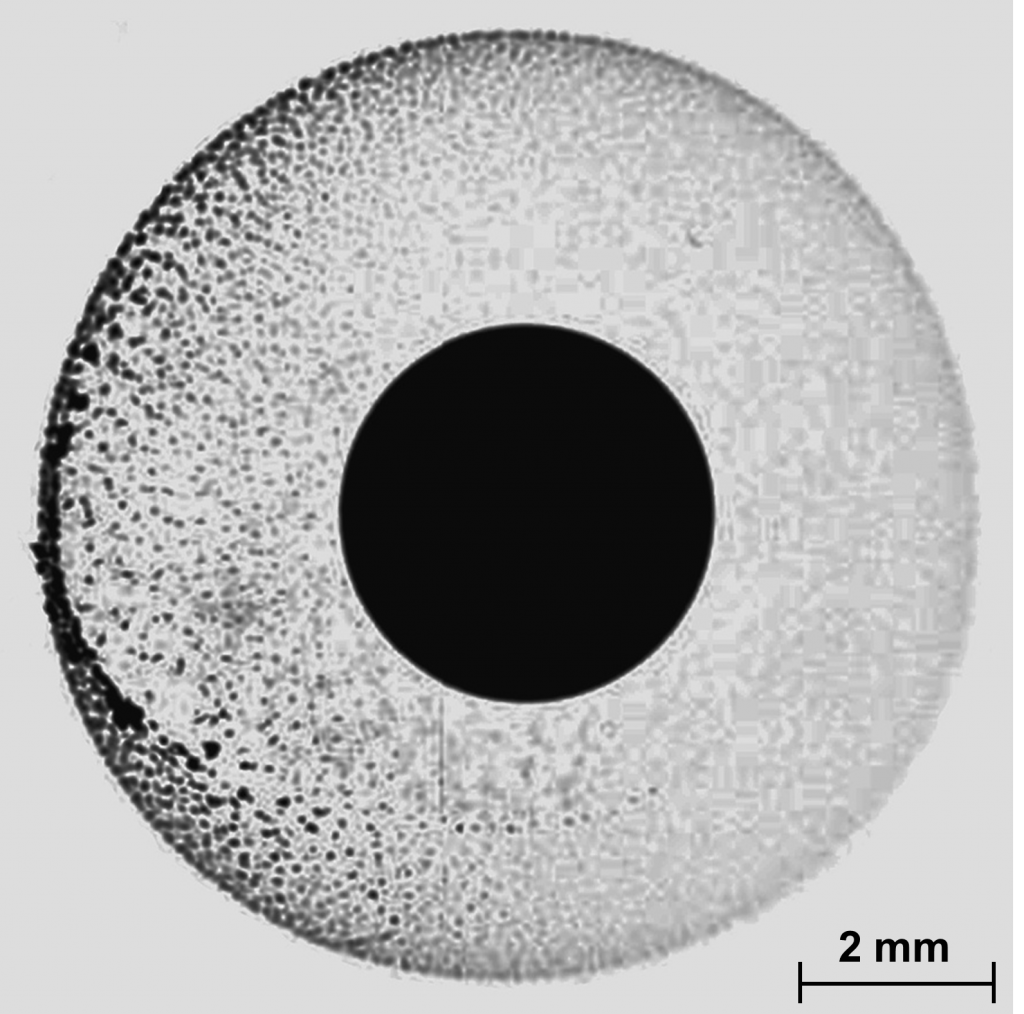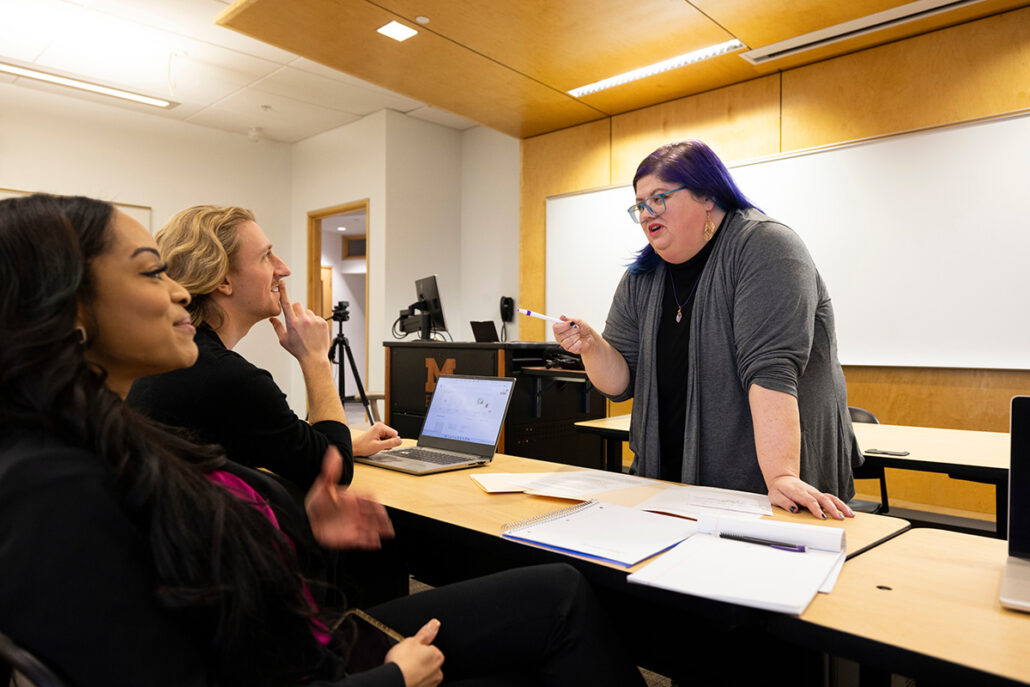Image Created During International Space Station Research Wins Prize in Art Competition

Assistant Professor Yu-Cheng (Frank) Liu of the Department of Computer Science, Engineering, and Physics has his PhD roots at Cornell University, and those roots are connecting research from the International Space Station to an art competition at the 2015 International Combustion Symposium in Cincinnati, Ohio.
The Combustion Art Competition has been a part of the Symposium since 2004. Says Liu, “In every year’s U.S. National Combustion Meeting, combustion researchers submit their ‘art pieces’ (image or video or any form of art) from their research topic and form a art gallery exhibition during the meeting/conference.” The pieces are judged by the attendees through a ballot. Dr. Liu’s team submission, “Soot: In the Wink of an Eye” won this year’s Honorable Mention for Technical Merit. Other members of his team were Yuhao Xu and Thomas Avedisian of Cornell University and Michael Hicks of NASA.
The research that produced the image was taking place during Liu’s time at Cornell, and has continued on with others since his departure for the University of Michigan-Flint. The specific flame extinguishment experiment that produced the above image was carried out aboard the International Space Station.
According to NASA’s site, “The Flame Extinguishment – 2 (FLEX-2) experiment is the second experiment to fly on the ISS which uses small droplets of fuel to study the special spherical characteristics of burning fuel droplets in space. The FLEX-2 experiment studies how quickly fuel burns, the conditions required for soot to form, and how mixtures of fuels evaporate before burning. Understanding these processes could lead to the production of a safer spacecraft as well as increased fuel efficiency for engines using liquid fuel on Earth.”
When asked about the process of working with astronauts on the International Space Station, Liu said, “We scientists are watching live-streaming video sent from ISS to NASA-Glen Research Center and to Cornell via internet when the experiments are taking place on ISS. We do spend a lot of time to extract data from those images, but that’s after the experiments were done.”
The connection between art and engineering may not seem obvious to some, especially in a science as specific as combustion, in a substance as common as soot, or on a scale as small millimeters. Says Liu, “People doing combustion research usually have beautiful flame images to be proud of . . . The projects we worked on do not usually contain beautiful images. A lot of times we are working with a huge amount of data. It is when we were able to finally visualize the trend of data and interpret the meaning that becomes valuable knowledge and we start to realize and appreciate the beauty of science.” Liu found special merit in the “idealty of the spherical droplet flame.” The attendees of the Combustion Art Competition agreed.
To see all of the 2015 winning entries, visit http://cssci.org.

To learn more about the Engineering Program at UM-Flint, and other research work done by Dr. Liu and his colleagues, visit umflint.edu/csep/mechanical-engineering-and-engineering or http://homepages.umflint.edu/~franliu/.

